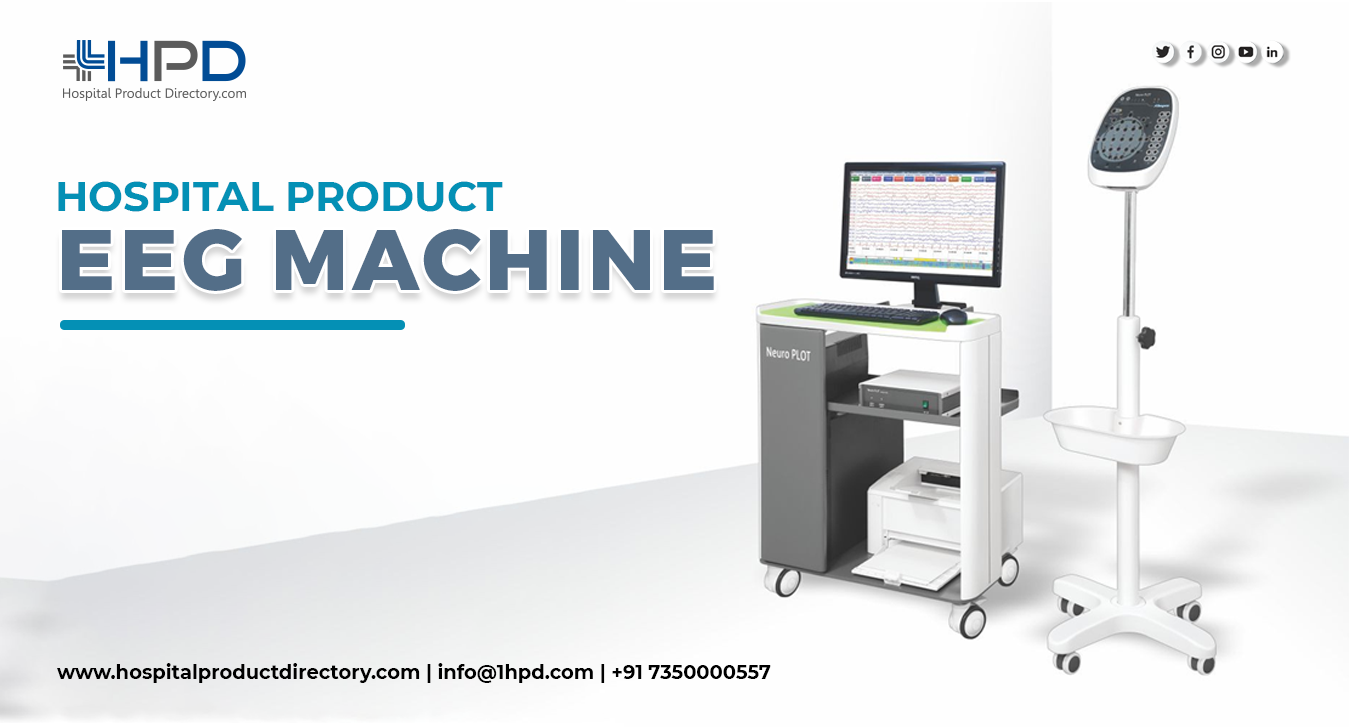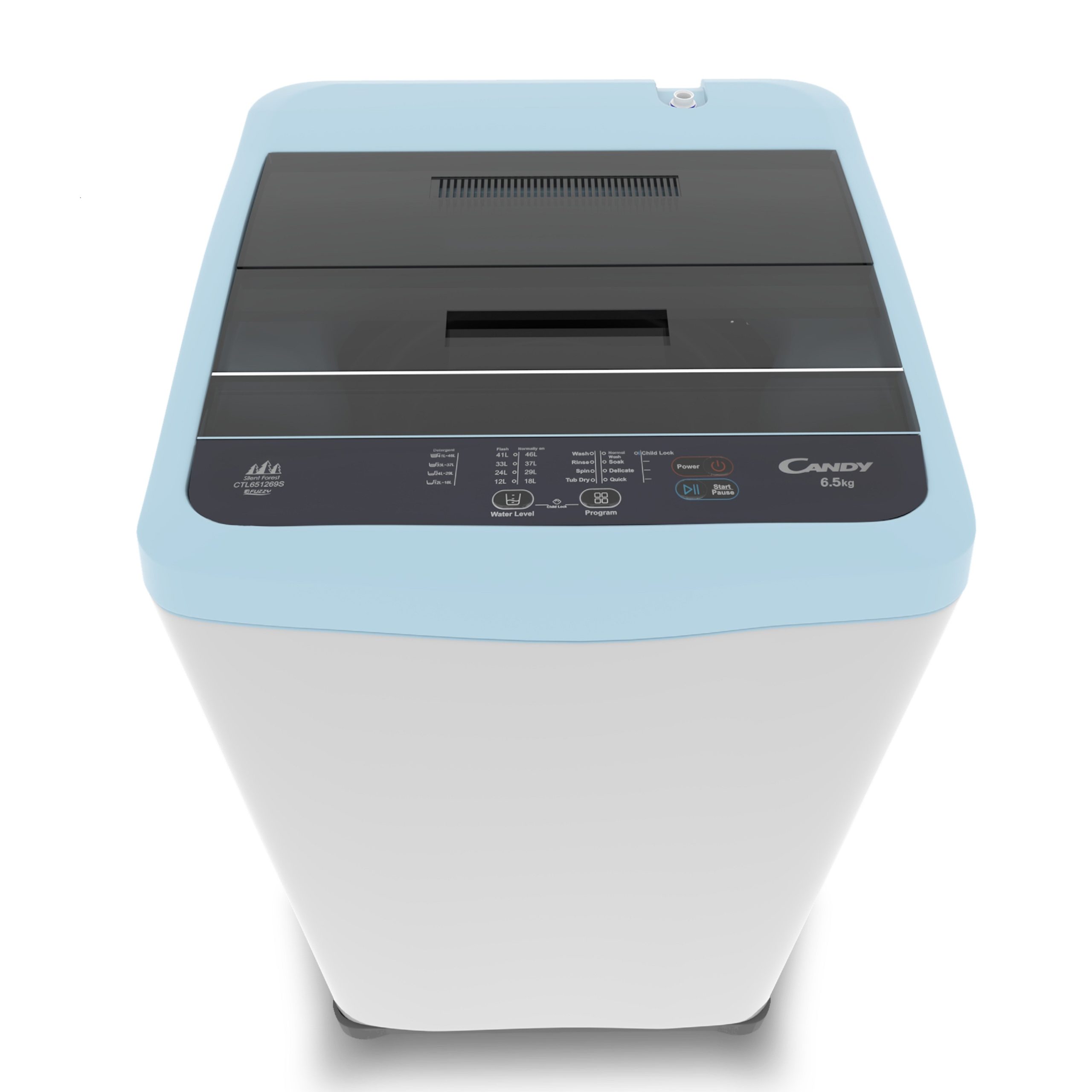Every machine needs some electrical structure or motherboard that sways the machine’s purposes and processes. Similarly, humans also own a composite figuring system inside the form: the brain. The brain’s internal mechanisms and influences are enigmatic. An intricate scheme of neurons combines to method the brain’s jelly-like morphology. Progressions in therapeutic science and discoveries have enhanced our grasp of how the brain toils. One such discovery was electroencephalography; a technique and expedient used to register and examine the electrical motion happening inside the brain. While the first EEG was done in 1924, the skill is continually developing. Today, modern moveable EEG devices made by EEG machine manufacturers are changing the method we look at the brain.
What is Electroencephalography (EEG)?
Electroencephalography, or EEG, is a process used to compute and note the electrical activity of the brain in the form of sprays. One can screen the neurophysiological purpose of the brain while the theme is carrying out different responsibilities. Numerous electrical irregularities can also be noticed with exactitude.
As we comprehend the brain better, our EEG skills and the way we understand the signals of the brain endure to advance. This has led to new habits of carrying out EEGs, such as wireless EEG schemes that permit us to continue to absorb the enigmas of the brain.
How Does an EEG Effort?
Our brain is comprised of billions of interrelated neurons. These neurons effort by producing electrical capacities in the form of neuronal instincts which voyage through the brain. EEG efforts on the attitude of gauging these electrical capacities/voltages produced inside the brain.
An EEG appliance actions these electrical abilities by chronicling the alterations in voltage between various themes using a pair of conductors. Then, the logged information is sent to an amp. The augmented information is finally digitized and shown on the screen as a categorization of voltage standards that vary in time. The resulting EEG waveforms are understood to perceive signs of irregularity within the brain.
Portions of an EEG Apparatus
Fundamentally, an EEG apparatus is made up of the following principal expedient(s):
- Cathodes: The cathodes pick up minor electrical brainwaves fashioned by neurons. These are committed to the scalp with a singular adhesive. Contemporary EEG apparatuses own a wearable cover with conductors pre-installed inside the cover.
- Amps: As the gestures voyage from the cathodes through the apparatus, they run over an amp that lifts the inward signal enough to be shown on the screen.
- Computer Control Component: The augmented signals are administered by a computer.
- Display Expedient: The administered signals are shown on the screen to be examined by the operator. Before the digital scrutinizing approaches became predominant, waveforms were contrived with a moving pen on reels of graph paper.
How is an EEG test done?
An EEG examination may be done either as an outpatient analysis or as part of your stay in the infirmary. Numerous EEQ approaches and methods are used contingent upon your health state. Usually, an EEG process is completed in the following way:
- The patient is requested to lessen by reclining on a cot or sitting in a chair.
- Numerous conductors (between 16, 20, or more) are devoted to the scalp using a singular electrolyte adhesive, or the patient is tailored with a cover containing the conductors.
- The patient is then requested to close their eyes and remain motionless.
- Usually, an EEG engineer completes this process, which may take from 20 minutes to 2 hours, not counting the conductor prepping.
- Lengthier brain scrutinizing needs the patient to be admitted to the infirmary.
Contemporary technology has aided make this process calmer in recent years. Today, moveable EEG devices offer supreme suitability without bargaining the quality of the consequences. For the EEG worker, this brings down prep spells (it’s easy to put on and regulate, and there’s no disordered adhesive or ropes to clean up), and for the patient, this bids augmented ease (the soft support wads are mild on the skin).
What Does an EEG Gauge?
At its most elementary, an EEG gauges brainwaves. Electrical motions produced by the brain are shown on the screen in the form of surfs that differ in breadth, stage, and incidence. Fast Fourier Transform (FFT) and other signal dispensation methods change the incoming indications computed by the EEG into valuable information that can help analysis. Brainwaves are branded into four main kinds on the source of incidence: Infra-low, Delta, Theta, Alpha, Beta, and Gamma. Each brainwave is related to specific purposes of the brain.
Delta Surfs (incidence fluctuating from 0.5 Hz to 3 Hz)
Delta surfs are sluggish but lurid brainwaves (like the intensely powerful surfs of a drum beat). They are produced during dreamless slumber. Delta waves are sporadic with sleep shafts and sharp surfs. When delta surfs harmonize between detached cortical parts, they often activate sharp surfs that are considered to be pertinent for reminiscence association.
Theta Surfs (incidence fluctuating from 3 Hz to 7 Hz)
Theta surfs mostly arise during REM slumber. They originate from deep subcortical bases, making them typically untraceable with EEG. The main incidence of theta is unreasonable. Usual theta surfs are recognized to be involved in knowledge and reminiscence. In theta position, we knowledge thoughts encompassing intense descriptions and instincts.
Alpha Surfs (incidence fluctuating from 7 Hz to 13 Hz)
Alpha surfs befall when the being is in a tranquil, articulate, or tranquil state. These are typically found in the occipital and posterior parts of the brain. Whenever somebody is requested to close his/her eyes and then lessen, the brain is detached from any intricate reasoning errands or thinking, and alpha surfs are encouraged.
Beta Surfs (incidence fluctuating from 14 Hz to about 38 Hz)
Beta waves denote the attentive, observant, and mindful state of mind. These are of low fullness and are also related to motor choices. Beta surfs are further segmented into:
- Low-Beta Surfs (Beta1, 12-15 Hz): arise while pensive
- Mid-Beta Surfs (Beta2, 15-22 Hz): happen while engrossing forcefully in something or vigorously reckoning something out.
- High-Beta Surfs (Beta3, 22-38 Hz): occur during intricate opinions and incorporation of new involvements. Also connected to severe nervousness or enthusiasm.
Gamma Surfs (incidence fluctuating from 38 Hz to 120 Hz)
These are the quickest of all the brainwaves with the uppermost incidence and least breadth. Because of the minor breadth and high incidence, they are often dirtied by electrical sound or muscle artifacts. If gamma surfs are seized and calculated by EEG, they notify us about information dispensation in the brain. The synchrony of gamma surfs between diverse shares of the brain imitates evidence swaps between those parts. Gamma surfs remain unknown as these surfs arrange the coordinated action of neurons.
What Does an EEG Examination Identify?
EEG is presently used to identify and aid treat brain-related complaints.
- EEG is the most influential and favored analytic process for epilepsy.
- EEG is very obliging in identifying sleep complaints such as sleeplessness, parasomnias, etc.
- EEG has valued analytic potential for other neurological circumstances such as Stroke, Autism, Depression, and ADHD, to name a few.
- EEG is turning out to be the instrument for the next cohort of Brain-Computer Boundaries and Neural Prosthetics
- EEG can be expended to track courtesy during several doings, to help plan policies to decrease pressure and improve focus.
The development of EEG unlocked a new window of knowledge about the brain. With EEG to steer them, neurologists have been able to positively treat seizures, epilepsy, sleep complaints, and other neurological problems.
As EEG becomes humbler, calmer to obtain and understand, and wireless, even more, can be accomplished. With new progressions in microchip technology, cloud computing, and machine learning, it is just a query of how soon.
The forthcoming of EEG machines made by the EEG manufacturer is bright. Therefore, the progressions in our comprehension of the brain cannot be more exhilarating.














